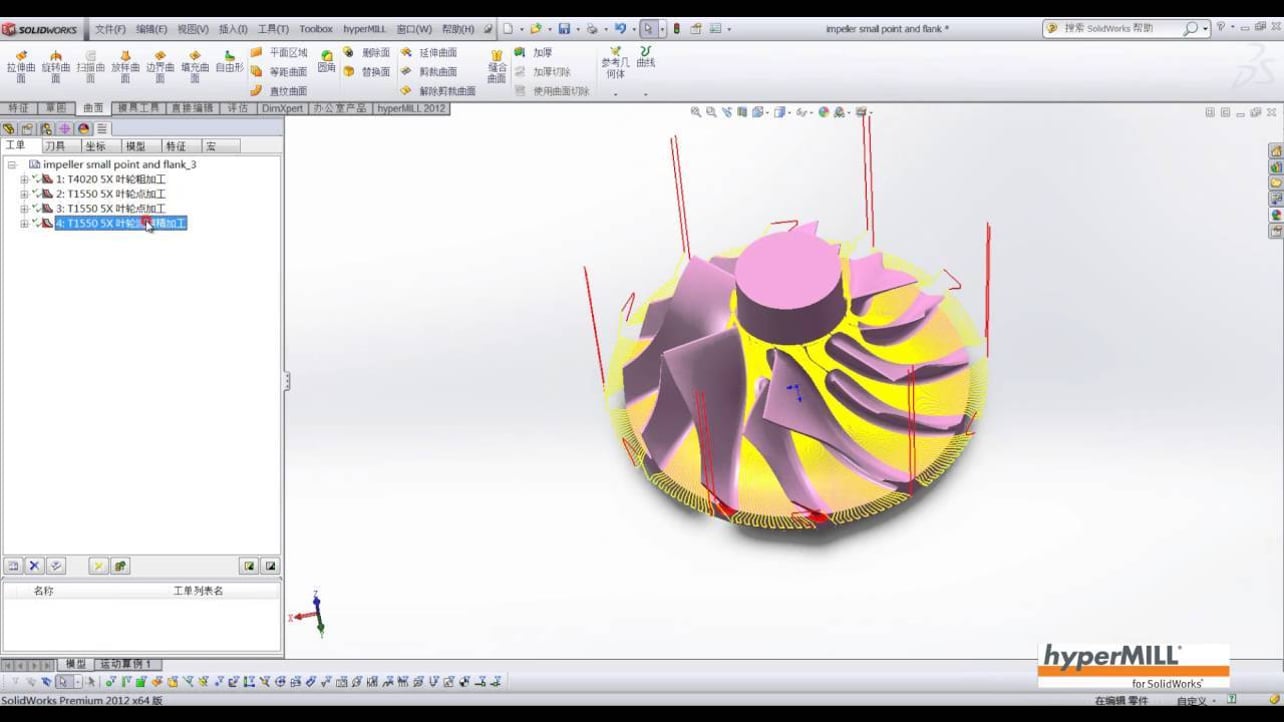


As adjunctive techniques, software, and materials improved, the chairside use of CAD/CAM (use within dental offices/surgeries) increased. This inefficiency prevented its use within dental offices and limited it to labside use (that is, used within dental laboratories). 2 Difference from conventional restorationĪlthough CAD/CAM dentistry was used in the mid-1980s, early efforts were considered a cumbersome novelty, requiring an inordinate amount of time to produce a viable product.Some mentions of "CAD/CAM" and "milling technology" in dental technology have loosely treated those two terms as if they were interchangeable, largely because before the 2010s, most CAD/CAM-directed manufacturing was CNC cutting, not additive manufacturing, so CAD/CAM and CNC were usually coinstantiated but whereas this loose/imprecise usage was once somewhat close to accurate, it no longer is, as the term "CAD/CAM" does not specify the method of production except that whatever method is used takes input from CAD/CAM, and today additive and subtractive methods are both widely used. Like other CAD/CAM fields, CAD/CAM dentistry uses subtractive processes (such as CNC milling) and additive processes (such as 3D printing) to produce physical instances from 3D models. However, to date, chairside CAD/CAM often involves extra time on the part of the dentist, and the fee is often at least two times higher than for conventional restorative treatments using lab services. Other goals include reducing unit cost and making affordable restorations and appliances that otherwise would have been prohibitively expensive. CAD/CAM complements earlier technologies used for these purposes by any combination of increasing the speed of design and creation increasing the convenience or simplicity of the design, creation, and insertion processes and making possible restorations and appliances that otherwise would have been infeasible. CAD/CAM technology allows the delivery of a well-fitting, aesthetic, and a durable prostheses for the patient. Chrome-cobalt disc with bridges and crowns manufactured using WorkNC Dental CAD/CAMĬAD/CAM dentistry is a field of dentistry and prosthodontics using CAD/CAM ( computer-aided-design and computer-aided-manufacturing) to improve the design and creation of dental restorations, especially dental prostheses, including crowns, crown lays, veneers, inlays and onlays, fixed dental prostheses bridges, dental implant supported restorations, dentures ( removable or fixed), and orthodontic appliances.


 0 kommentar(er)
0 kommentar(er)
